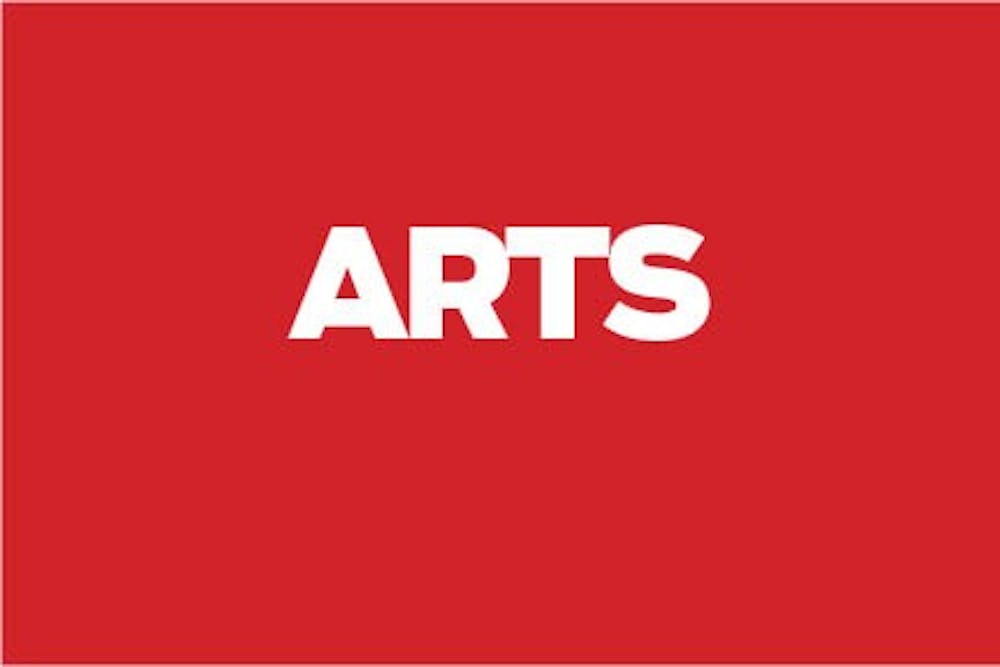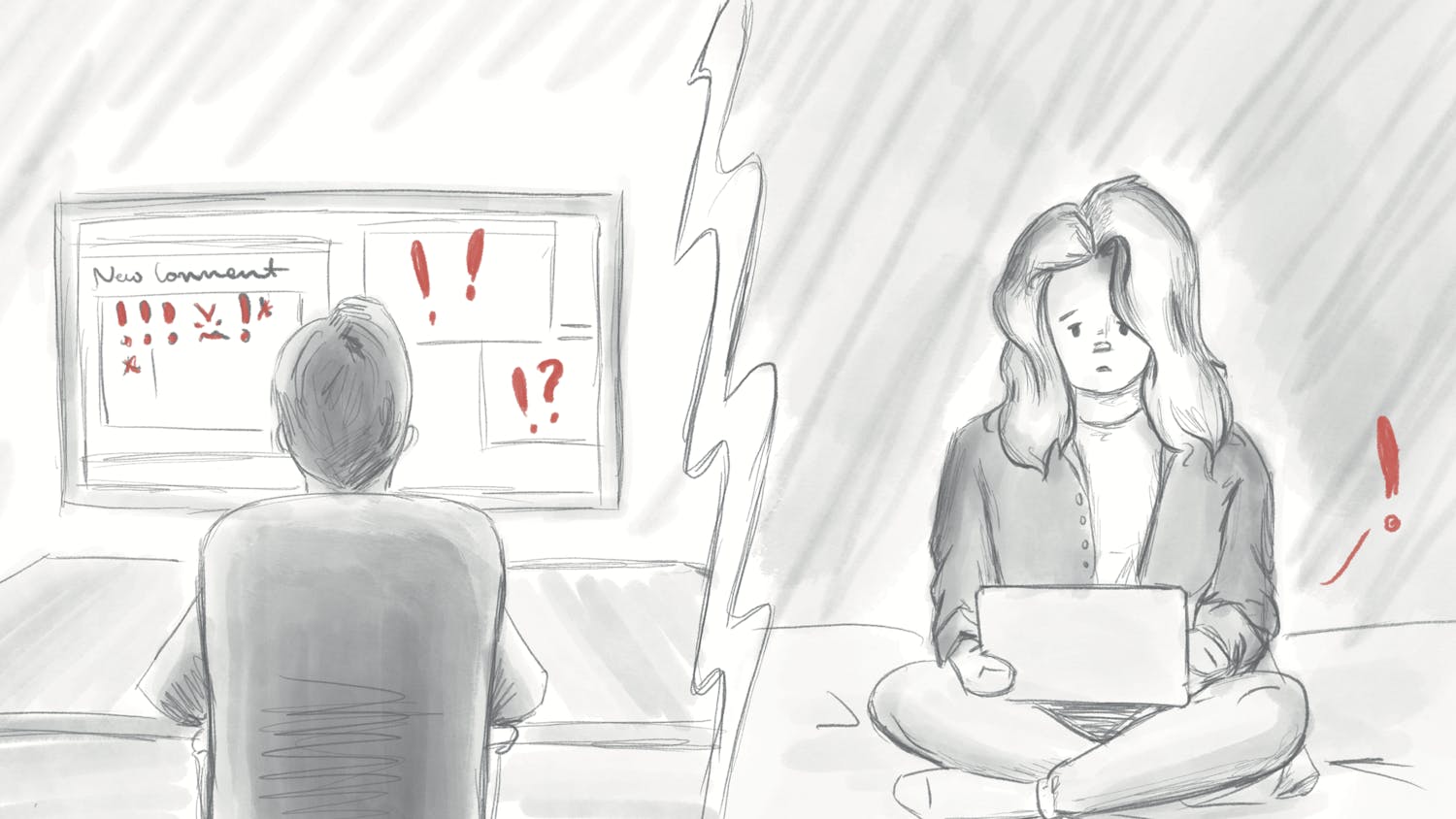The Grunwald Gallery opened its latest exhibition “[Re]Imagining Science,” on Friday. The collection includes projects by artists and scientists that illustrate scientific principles and try to craft a different way to understand the field.
One of the artists whose photographs are included in the show is Rosamond Purcell, whose subjects include the natural world. Purcell spoke before the opening at the Henry Radford Hope School of Fine Arts to more than 70 students, staff and community members.
Purcell, who works out of Somerville, Massachusetts, spoke about the history of illusion and image creation, but began the lecture by describing what makes her a collector in her photographic work.
“In going from finding one object and then another and then another, I realize I have become a collector over the years,” Purcell said. “I try to decide, when I go to a museum, what the collection is.”
Purcell showed the audience an image of a small metal box with a coin wrapped in fabric and went on to describe what made that coin collectable, which included the note that came with the coin. Purcell said the woman who wrote the note told the story of the coin’s owner and described his fate, being struck by lightning with the coin in his pocket. The note acted as a sort of affidavit of the event.
“It seems to me that a good collection has the artifact, the box to contain it and then has the data, has the labels,” Purcell said.
Purcell showed images she captured of books from a scrapyard that have been weather-worn and are now destroyed, either because of water damage or other environmental factors.
“You can look at the image and experience it somehow as a picture,” Purcell said. “I’ve become interested recently in the connection between pictures and words.”
Next, Purcell brought the image of the remnants of a typewriter onto the screen, and said the only visible marker of the original purpose is what remains of the typewriter keys.
“You can’t repair it, you cannot use it, but there’s something about seeing those keys that makes me want to,” Purcell said.
One of the topics Purcell spoke about later in the evening was her collaboration with another artist on a series of photos reflected in image on jars that would be paired with quotes from Shakespearean plays.
Purcell said some of the bounds of science now, which patrons can see walking through ”[Re]Imagining Science” at the gallery, are impressive given the scope of the work she deals with.
“What amazes me is how far behind I am in terms of evidence, I have never made a 3D construction out of anything,” Purcell said. “It’s amazing what you get to do nowadays in school. We got to paint clouds with sponges.”
Wells Scholar Program Director and a curator of the exhibit Christoph Irmscher has known and worked with Purcell for years. The two had a public conversation on Thursday at the Harlos House, and he delivered the introduction to Purcell’s lecture, talking about her love of crafting narratives within her work.
Irmscher spoke about the influence Purcell has had on his scholarly work, as well as the many roles the photographer fills with her pictures.
“Rosamond and I met some time ago because of a shared interest in natural history collections, which I look at as a scholar and Rosamond looks at as an artist, a photographer, a poet, I would like to say, and a scholar as well,” Irmscher said. “I’ve actually learned more from Rosamond than a lot of the books I’ve consulted in my work.”
Irmscher also mentioned a recent article written about Purcell, which gave her a label Irmscher said fits her well.
“The New York Times recently called Rosamond ‘our greatest living 17th century photographer’,” Irmscher said. “It was intended to be a joke, but there’s actually something very profound behind that label because it tells you something about how she spans centuries. She crosses boundaries between disciplines.”




